Submerged arc welding, often referred to as SAW, is a widely used arc welding process that offers numerous advantages for welding thick materials in a single pass. This process involves the formation of an arc between a continuously fed filler wire and the workpiece being welded. The arc is submerged under a layer of granular flux, which protects the weld pool from atmospheric contamination and helps to stabilize the arc. Submerged arc welding is commonly employed in various industries, including shipbuilding, structural steel fabrication, and pipeline construction. One of the key benefits of submerged arc welding is its high deposition rate, which allows for rapid welding of thick sections. This makes it particularly well-suited for applications that require high productivity and efficiency. Additionally, the submerged arc welding process typically produces welds with excellent mechanical properties, including high strength and good impact toughness. This makes it a popular choice for welding structures that are subjected to high stress or harsh operating conditions.
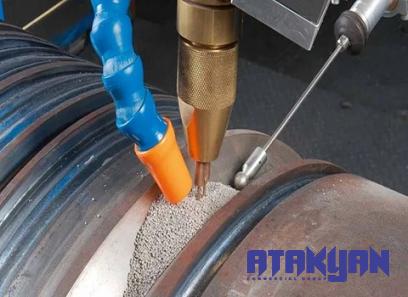
.
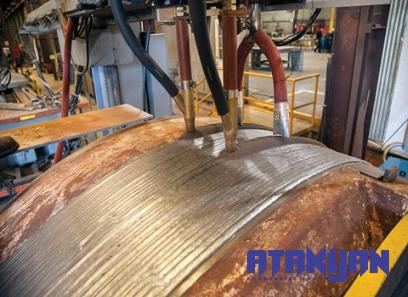 Submerged arc welding systems are available from various manufacturers and suppliers, offering a range of features and capabilities to meet different welding requirements. Some common specifications to look for when purchasing submerged arc welding equipment include: 1. Power Source: The power source should provide the necessary current and voltage output for the specific welding application. Look for features such as adjustable welding parameters, digital displays, and built-in safety mechanisms. 2. Wire Feeder: The wire feeder should be capable of feeding the filler wire at a precise and consistent rate. Consider features such as wire diameter compatibility, multiple feed speed settings, and remote control options for improved convenience. 3. Welding Head: The welding head should be designed for easy manipulation and precise control of the welding arc. Look for features such as adjustable torch angles, swivel joints, and ergonomic handles for operator comfort. 4. Flux Hopper: The flux hopper should have a sufficient capacity to hold an adequate amount of flux for continuous welding operations. Features such as adjustable feed rates, vibration mechanisms, and level sensors can help to optimize flux delivery. 5. Flux Recovery System: The flux recovery system should be efficient in collecting and recycling used flux to minimize waste. Look for features such as vacuum suction units, filter systems, and dust collection mechanisms for effective flux recovery.
Submerged arc welding systems are available from various manufacturers and suppliers, offering a range of features and capabilities to meet different welding requirements. Some common specifications to look for when purchasing submerged arc welding equipment include: 1. Power Source: The power source should provide the necessary current and voltage output for the specific welding application. Look for features such as adjustable welding parameters, digital displays, and built-in safety mechanisms. 2. Wire Feeder: The wire feeder should be capable of feeding the filler wire at a precise and consistent rate. Consider features such as wire diameter compatibility, multiple feed speed settings, and remote control options for improved convenience. 3. Welding Head: The welding head should be designed for easy manipulation and precise control of the welding arc. Look for features such as adjustable torch angles, swivel joints, and ergonomic handles for operator comfort. 4. Flux Hopper: The flux hopper should have a sufficient capacity to hold an adequate amount of flux for continuous welding operations. Features such as adjustable feed rates, vibration mechanisms, and level sensors can help to optimize flux delivery. 5. Flux Recovery System: The flux recovery system should be efficient in collecting and recycling used flux to minimize waste. Look for features such as vacuum suction units, filter systems, and dust collection mechanisms for effective flux recovery.
..
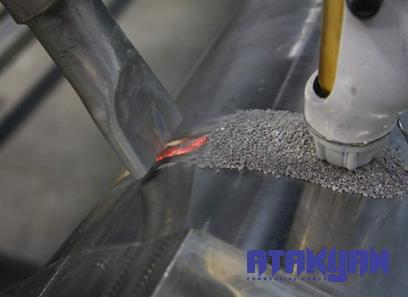 When purchasing submerged arc welding equipment, it is advisable to get quotes from multiple suppliers to compare prices and ensure that you are getting the best value for your investment. Some suppliers may offer package deals that include the power source, wire feeder, welding head, flux hopper, and flux recovery system as a complete set, which can be a cost-effective option for those looking to outfit a new welding shop or upgrade their current equipment. In addition to equipment costs, it is important to consider ongoing expenses such as consumables (filler wire, granular flux, and welding electrodes), maintenance, and repair services. These costs should be factored into your budget to ensure smooth and reliable operation of your submerged arc welding system over time.
When purchasing submerged arc welding equipment, it is advisable to get quotes from multiple suppliers to compare prices and ensure that you are getting the best value for your investment. Some suppliers may offer package deals that include the power source, wire feeder, welding head, flux hopper, and flux recovery system as a complete set, which can be a cost-effective option for those looking to outfit a new welding shop or upgrade their current equipment. In addition to equipment costs, it is important to consider ongoing expenses such as consumables (filler wire, granular flux, and welding electrodes), maintenance, and repair services. These costs should be factored into your budget to ensure smooth and reliable operation of your submerged arc welding system over time.
When purchasing submerged arc welding equipment, be sure to inquire about the manufacturer’s warranty and customer support services. A reliable warranty will provide peace of mind in case of any equipment malfunctions or defects, while responsive customer support can help address any technical issues or questions you may have during the setup and operation of the welding system. In conclusion, submerged arc welding is a highly efficient and versatile welding process that offers a range of benefits for welding thick materials with high productivity and quality. By selecting the right equipment with the appropriate specifications, you can achieve consistent and high-quality welds in a variety of applications across different industries.
…
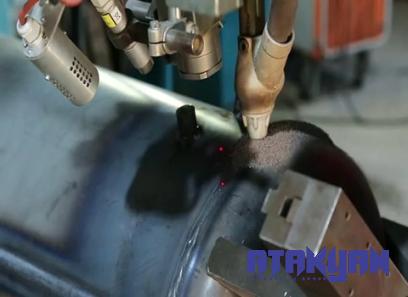 To purchase submerged arc welding equipment with complete specifications tailored to your specific needs, it is recommended to reach out to reputable welding equipment suppliers or manufacturers. Provide them with detailed information about your welding requirements, including material types, thicknesses, welding positions, and desired welding speeds, so they can recommend a suitable submerged arc welding system that will meet your needs effectively. By investing in high-quality submerged arc welding equipment and ensuring proper setup and operation, you can enhance your welding capabilities, increase productivity, and achieve superior weld quality for your projects. With the right equipment and expertise, submerged arc welding can be a valuable asset for achieving efficient and reliable welding results in various applications.
To purchase submerged arc welding equipment with complete specifications tailored to your specific needs, it is recommended to reach out to reputable welding equipment suppliers or manufacturers. Provide them with detailed information about your welding requirements, including material types, thicknesses, welding positions, and desired welding speeds, so they can recommend a suitable submerged arc welding system that will meet your needs effectively. By investing in high-quality submerged arc welding equipment and ensuring proper setup and operation, you can enhance your welding capabilities, increase productivity, and achieve superior weld quality for your projects. With the right equipment and expertise, submerged arc welding can be a valuable asset for achieving efficient and reliable welding results in various applications.
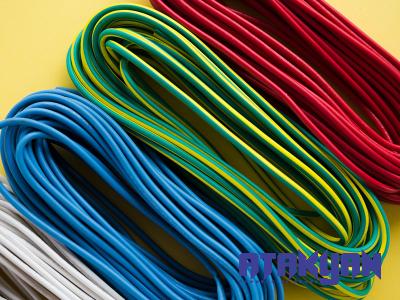


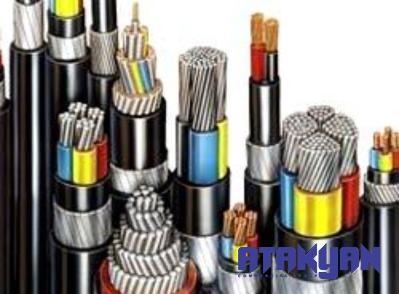
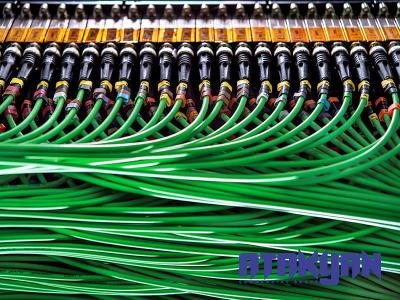

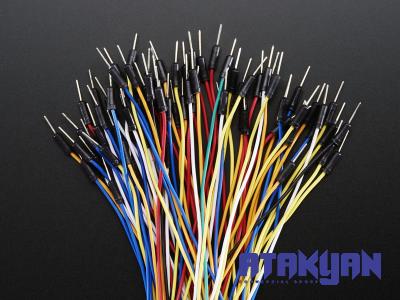

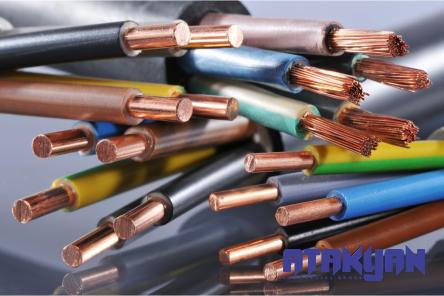
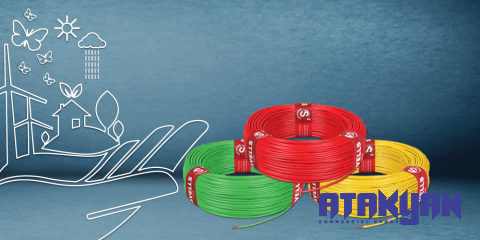
Your comment submitted.